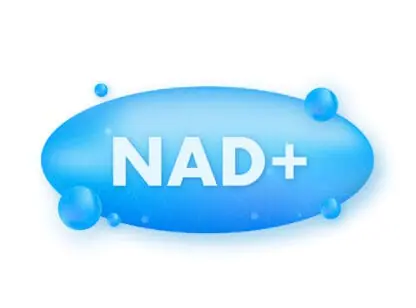Hyaluronic acid (sodium hyaluronate) is a gooey, clear substance produced by the body and found in all connective tissue. It is well-known as a humectant that attracts and binds to moisture; one molecule can absorb up to 1,000 times its weight in water. It is an all-star in the beauty industry as applying it to skin plumps the tissue, making the skin appear younger and softer. Hyaluronic acid injections are also used in patients with osteoarthritis that no longer respond to pain medication. In both cases, it has been FDA approved.
But there is another lesser-known use for hyaluronic acid that is just as important (if not more). In the treatment for interstitial cystitis, hyaluronic acid is injected into the bladder to restore the glycosaminoglycans (GAG) layer which has been destroyed by infection or inflammation. When administered as such, patients can recover more quickly. A healthy GAG layer is very important because it inhibits the ability of bacteria to adhere to the bladder wall reducing the number of chronic urinary infections. Not surprisingly, doctors currently view interstitial cystitis as an incurable but managable condition.
Interstitial cystitis is a defect in the protective lining of the bladder which allows toxic substances to irritate the bladder wall. It can be hereditary or caused by an autoimmune reaction. Those who suffer are plagued with pelvic pain, urinary urgency and insomnia caused by nocturia (awaking to urinate during the night). Affecting men and women of all ages, the condition not only impacts the patient’s quality of life but can also lead to loss of work.
Hyaluronic acid is approved for use in the treatment of interstitial cystitis in Canada and England but not in the United States. Efforts have been made by major medical institutions like Michigan School of Medicine and University of California Irvine to use intravesical bladder instillations of heparin and chondroitin sulfate (two other components of the bladder wall), but use of hyaluronic acid is yet to be approved.
Thankfully, Americans who suffer from this debilitating condition can gain access to this precious substance in Mexico via American urologist Alejandro Lira Dale, MD who has been treating patients with much success. Fifty CC bottles of hyaluronic acid (Cystistat) are flown from Ireland to Mexico City and onto Tijuana. Patients are taught to use a tiny pediatric feeding catheter to instill the hyaluronic acid and retain it for a couple of hours. This is done every two weeks for three or four months, then twice a month and then finally, once a month. At $250 a bottle (same price as the U.K.), it is quite expensive, however, it is a game changer for those suffering from interstitial cystitis and chronic UTIs.
Replenishing the GAG layer in the bladder is a cornerstone in the therapy of interstitial cystitis and also proven to be an effective treatment for overactive bladder, radiation cystitis and recurrent urinary infections. It should also be noted that the use of intravesical substances (placed in the bladder) extends to antibiotics as well, eliminating side effects and systemic toxicity.
Solutions to difficult medical issues are not dependent on international boundaries, and consumers can go wherever answers can be found.
Betty McDonald is a licensed acupuncturist and functional medicine practitioner. She is owner of The Wellness Place and welcomes questions at (760) 766.6223. For more information visit www.BettyMcDonald.com.
Sources available upon request.




































Comments (0)